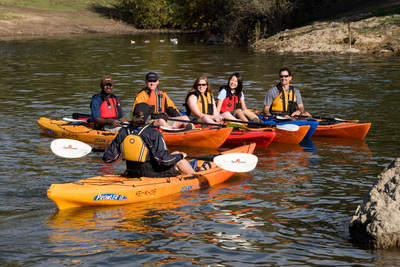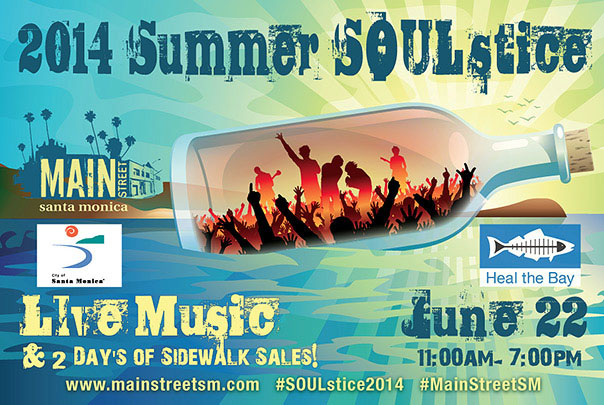Santa Monica Pier Aquarium Programs Manager, Tara Crow, explains the arrival of the alien-looking Velella velella, commonly known as by-the-wind-sailors.
The velellas have returned! We knew they were coming. We’d heard reports of them washing ashore in San Francisco last month, then reports of them hitting some of the southern beaches in the Bay last week. Finally, this weekend, the velellas arrived at the Santa Monica Pier. I’ve been with the Santa Monica Pier Aquarium since 1999 and this is only the third time I can remember seeing velellas on our beaches, so it is definitely a rare sight to be enjoyed and taken advantage of.
Velella velella, also know as “by-the-wind sailors,” are a type of colonial jelly related to the Portuguese man-of-war. Luckily for us, the velella pack a much tinier sting and won’t hurt to touch (just be careful not to touch your eyes after handling them). Each velella is actually a colony of tiny hydroids working together to create one whole organism. The base of the velella is an amazing cobalt blue and works as a float with stingers across the bottom to catch its plankton food. The top of the velella is a clear sail that looks almost like plastic. The sails catch the wind and takes these organisms all over the world. When the winds and currents move in our direction, we can end up with an event like we’re seeing now, with millions of velellas washing up on beaches all over the state — and as far north as Oregon. The fact that velellas are showing up now is probably an indicator of the El Niño event that is expected later this year.
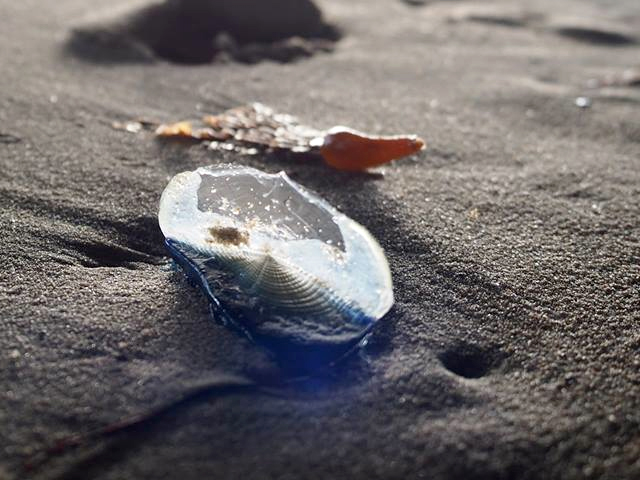
Come on down to the beach (and the Santa Monica Pier Aquarium!) and take a peek before they are gone! And keep your eyes on the water: You never know what strange and interesting creatures will wash ashore during these El Niño years. Now… How many times can you say “Velella velella” before your tongue gets tied into knots?
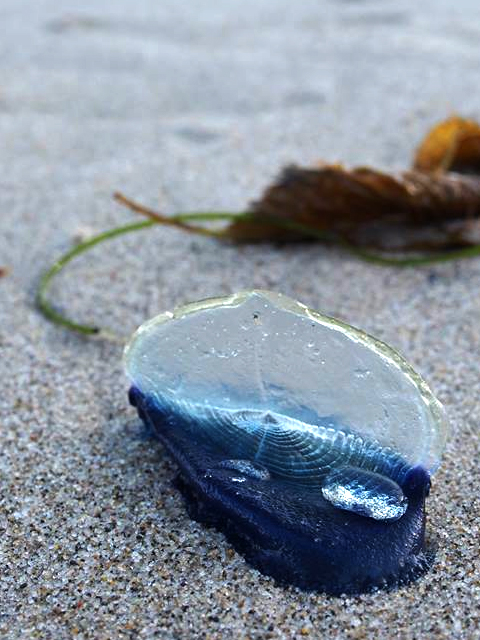
You can learn more about velellas and over 100 other creatures native to the Bay at the Santa Monica Pier Aquarium, Heal the Bay’s public marine education center at the world-famous Santa Monica Pier. Located at beach level, it’s just below the Carousel.
REGULAR OPEN HOURS
- Tues. – Fri.: 2 – 6 p.m.
- Sat. – Sun.: 12:30 – 6 p.m.
- Closed to the public on Mondays




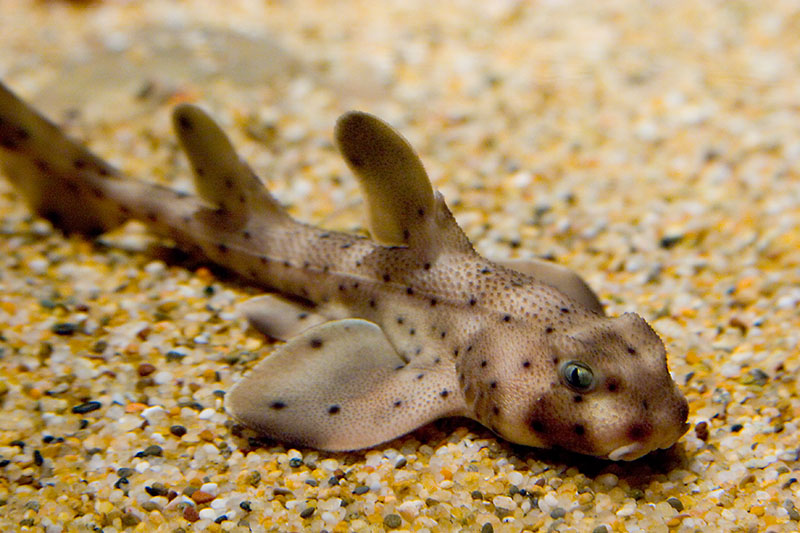 I cannot imagine what that little shark thought about its first kiss — but I loved it. I won’t do it again. I promise to hold back, because honestly I’m pretty sure that horn shark was pretty upset about the whole incident. So I encourage you to love sharks as much as possible but try to restrain yourself when you feel a “Kiss Attack” coming on. If you are in need of your shark “fix” then I very much encourage you to visit us at the Santa Monica Pier Aquarium, where you’ll get an up close encounter with horn sharks, swell sharks and leopard sharks. See you soon and feel free to ask for me by name — the Shark Kisser!
I cannot imagine what that little shark thought about its first kiss — but I loved it. I won’t do it again. I promise to hold back, because honestly I’m pretty sure that horn shark was pretty upset about the whole incident. So I encourage you to love sharks as much as possible but try to restrain yourself when you feel a “Kiss Attack” coming on. If you are in need of your shark “fix” then I very much encourage you to visit us at the Santa Monica Pier Aquarium, where you’ll get an up close encounter with horn sharks, swell sharks and leopard sharks. See you soon and feel free to ask for me by name — the Shark Kisser!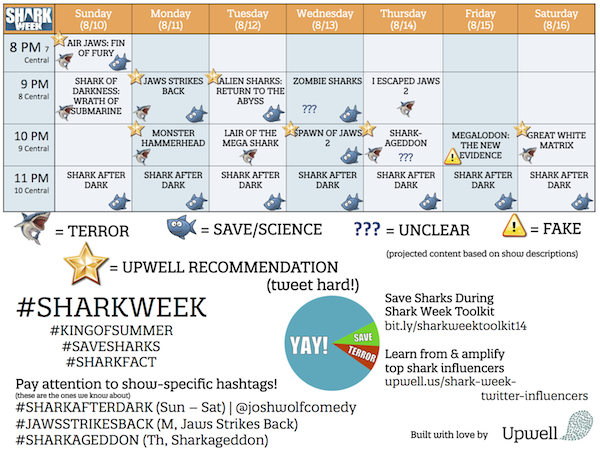
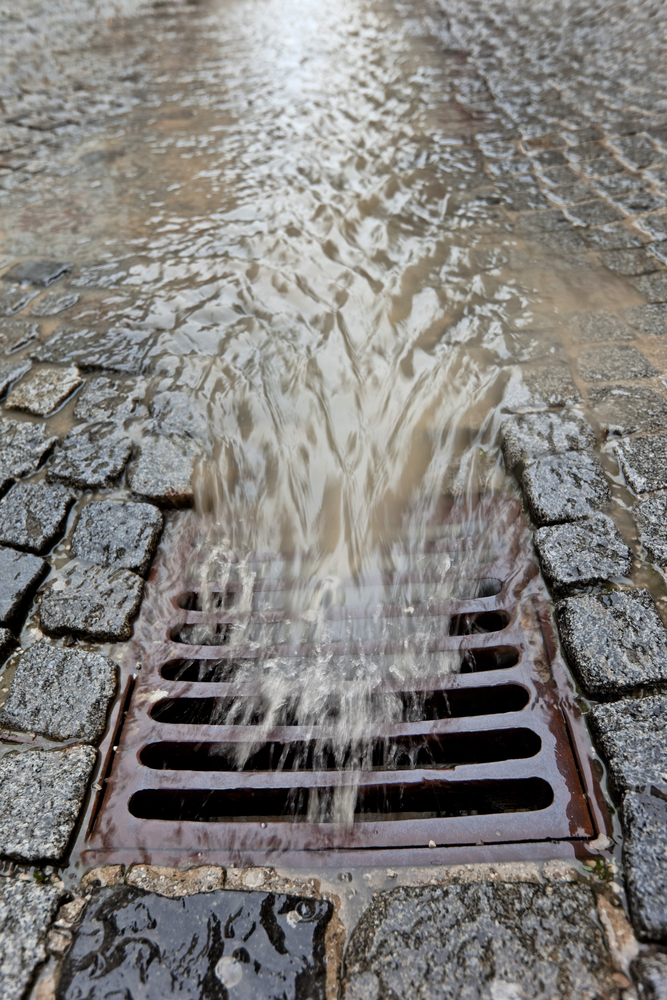 agencies in California to fund and build projects that capture and reuse stormwater and urban runoff.
agencies in California to fund and build projects that capture and reuse stormwater and urban runoff.